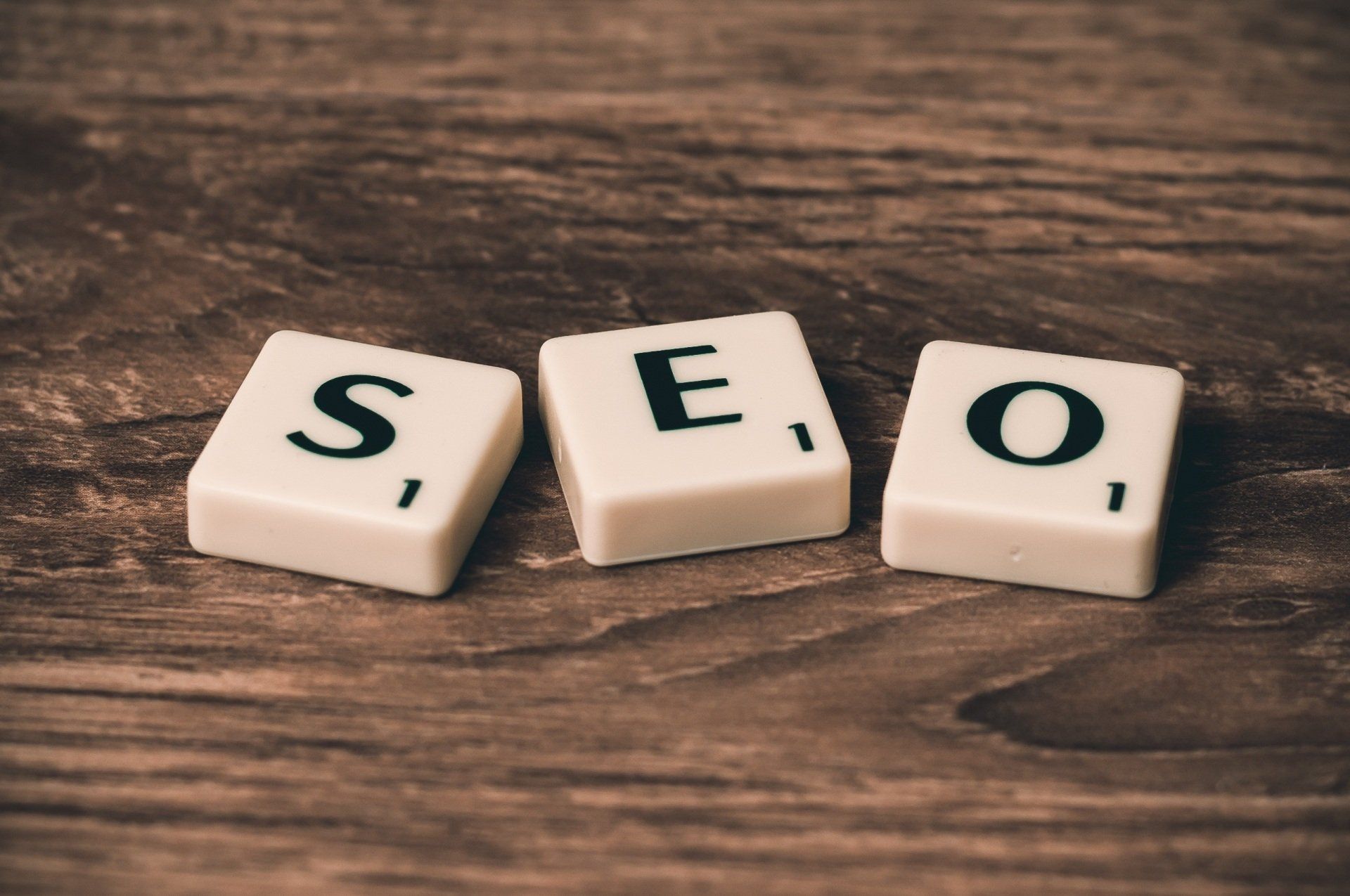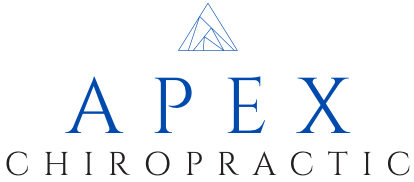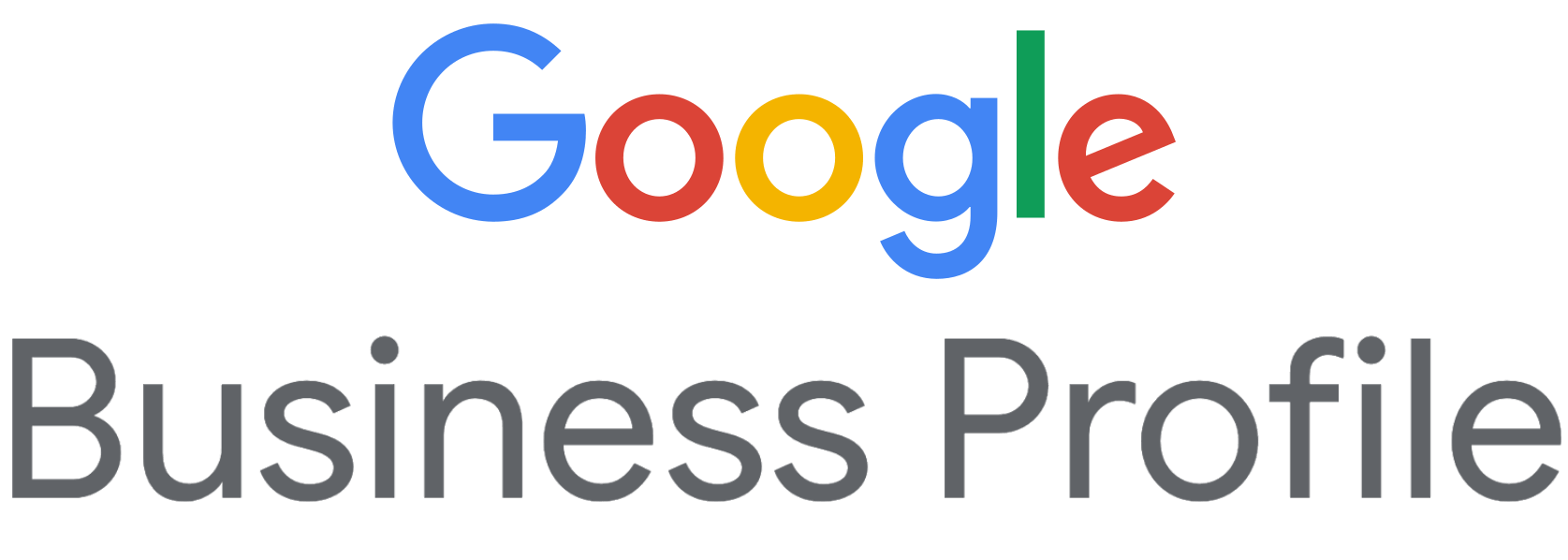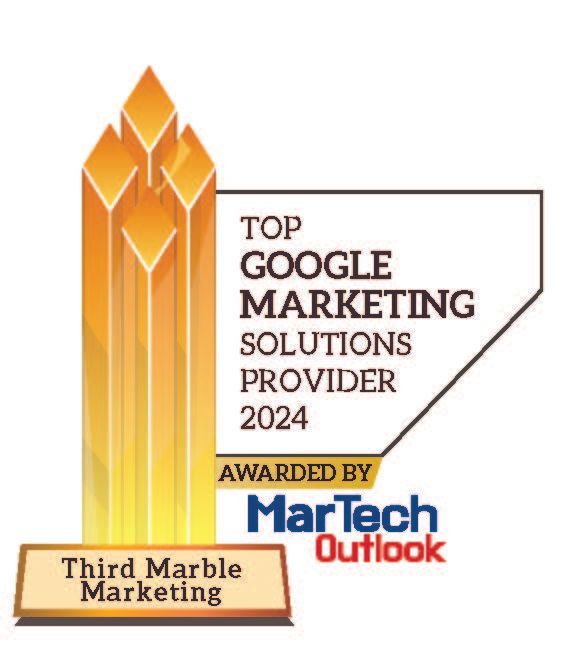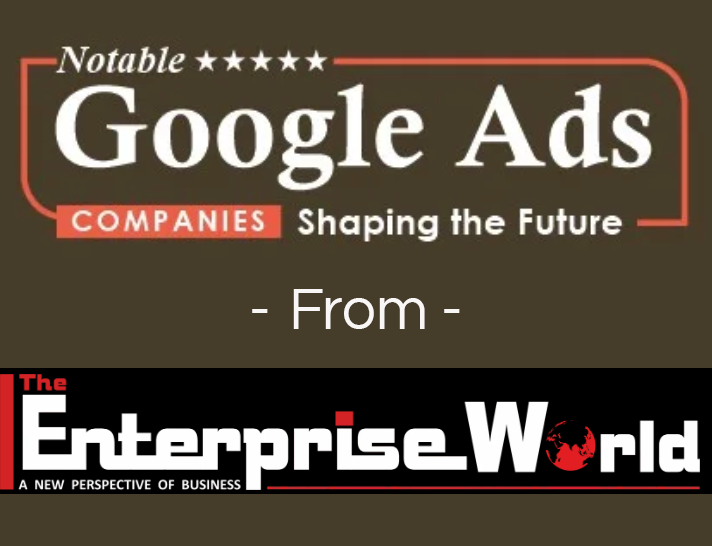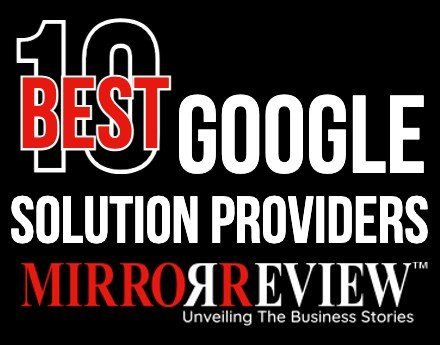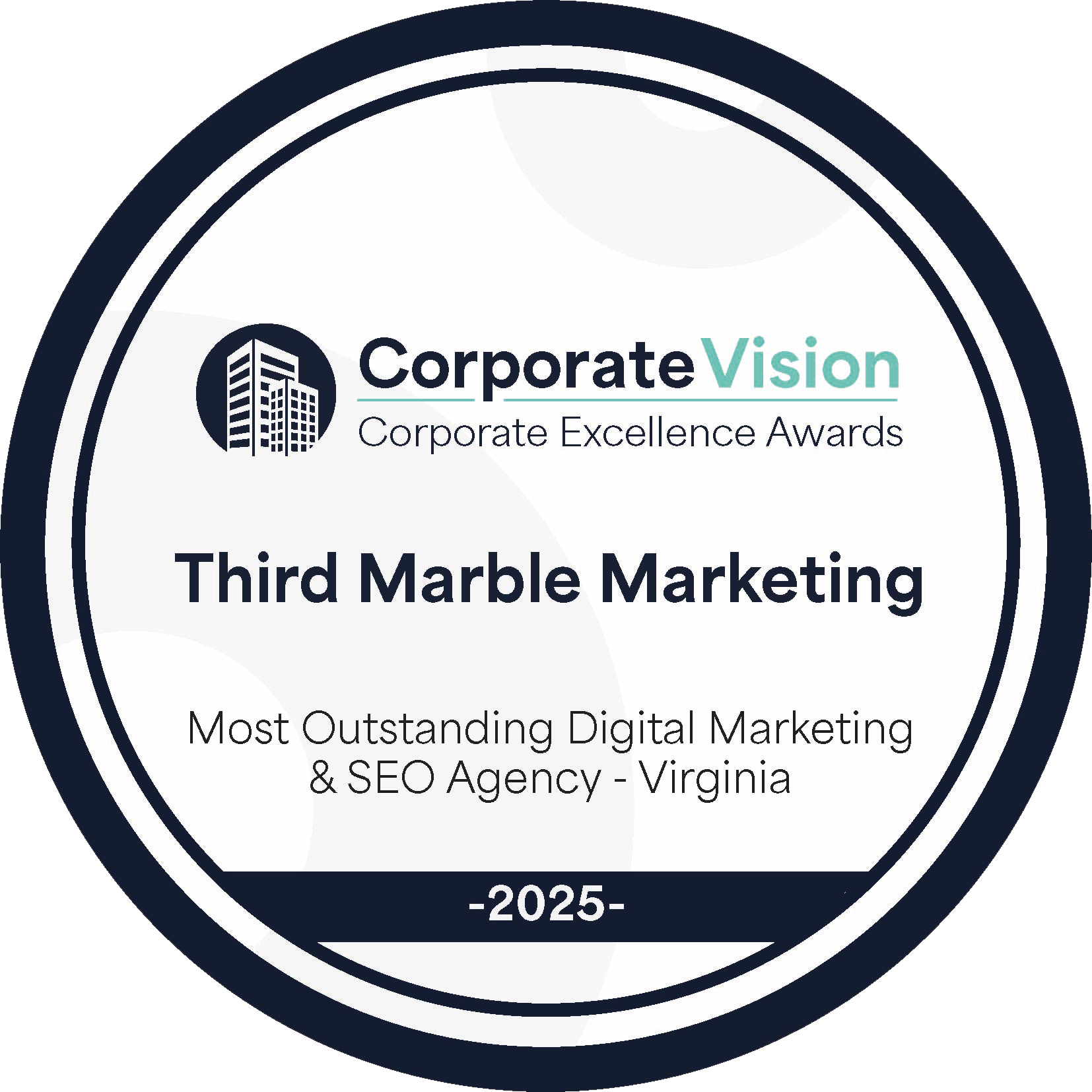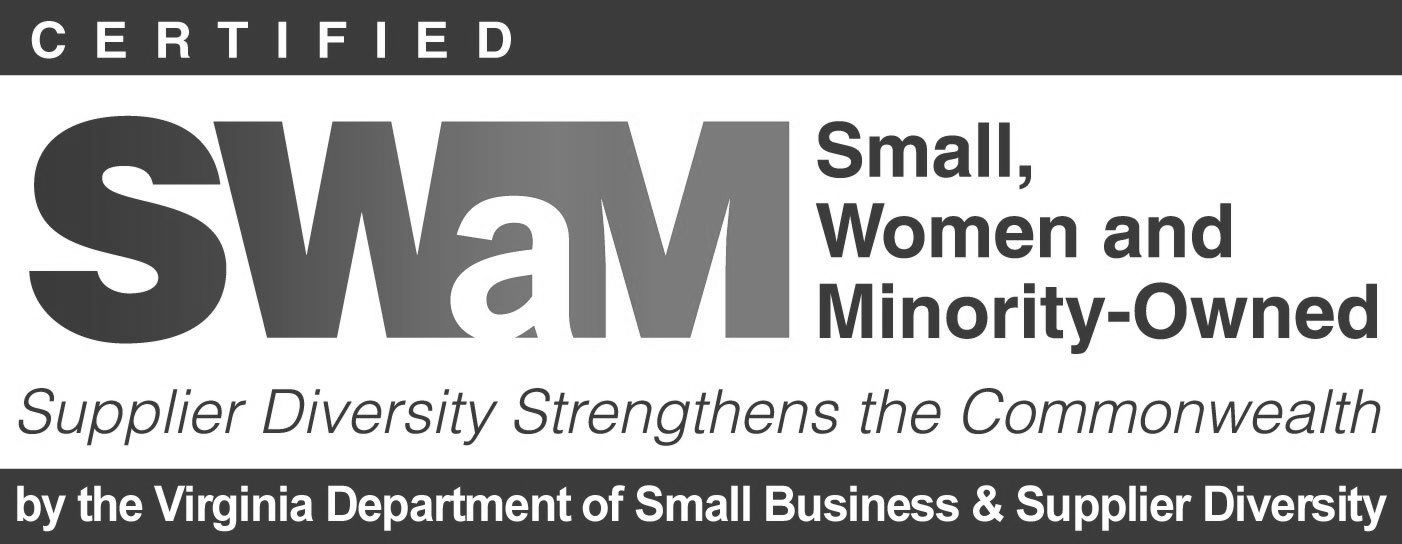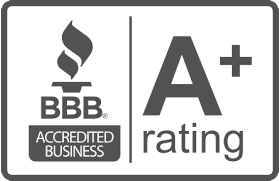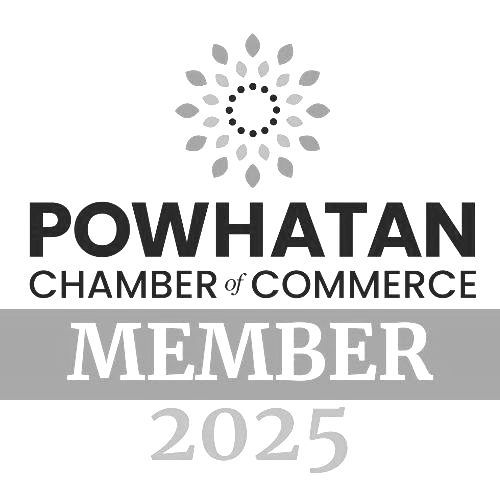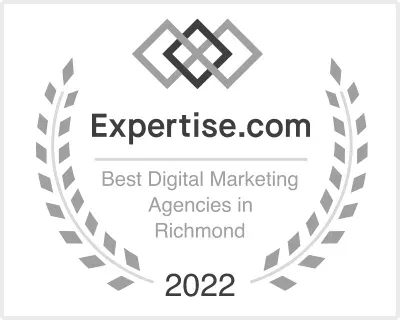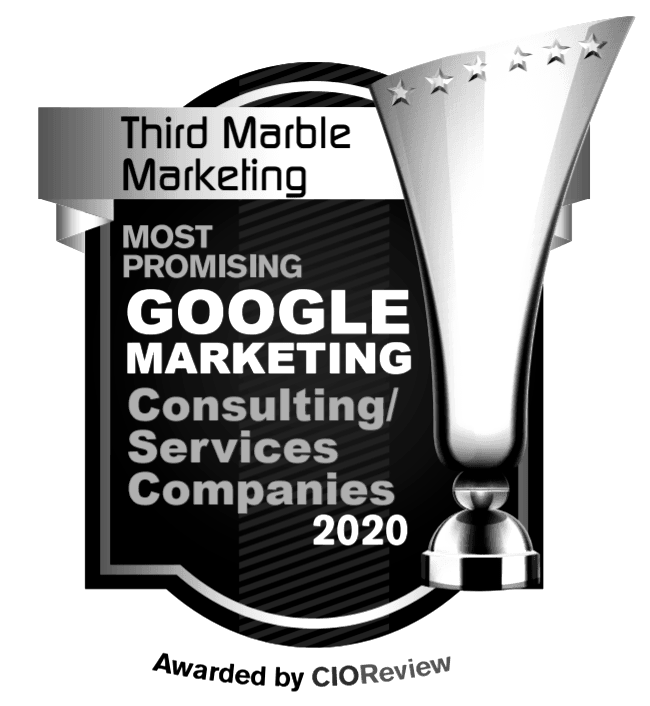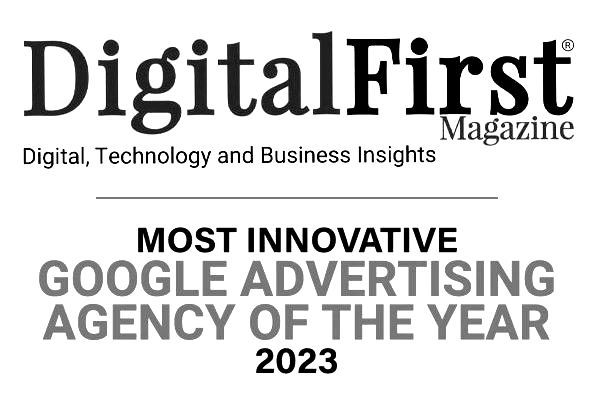5 Things a Small Business Owner Needs to Do to Get More Customers from Google in 2022
Fine-tune Your Website … Drive Traffic & Convert Visitors to Customers

Heads-up for small business owners and local business marketing decision-makers:
Google is the single, premier source to generate leads. It is critical for you to understand how the search engine works … and then execute digital marketing strategies to enjoy significant boosts in online inquiries that convert to customers. Join the many companies that realize over 50 percent of their lead generation through expert implementation of their online presence. Here’s where to start.
1. Focus Your Website Goals on Today’s Buyer Decision-making Profiles
The marketing facts support that today’s buyer has already recognized a need and is actively seeking a solution. And where does that search begin … online, of course. So, the first thing a Google searcher will see is your website.
Visitors to your website come in two main decision-making profiles:
- A casual visit based on awareness of your offerings prompted by traditional advertising, i.e. radio or print ads. At this stage, it’s likely that they are not actively looking for a solution to a problem. That said, they now know your services and as needs develop will hopefully respond positively as prospects.
- Committed seekers of solutions to a recognized problem are prospects that are actively doing research online and are well on their way to choosing a vendor.
So, let’s focus on the second group. Since they are viewing your website along with those of your competitors, your job is to rise above the “virtual/visual noise-level” of the cry that, “We are better!”. Not only must you demonstrate that yours is a superior solution, it’s critical that you offer proof of that claim … plus motivate immediate action on the part of the visiting prospect.
We’ve worked with small business clients for well over a decade and have found these examples to be proven appeals that convert inquiring seekers to qualified prospects and frequently to satisfied customers:
- “Voted Best ____ in (city, state) by _____”
- “No overtime, no contracts, no nonsense”
- “Highest rated ____ on ______”
- “No pushy sales people, no hidden fees”
- “We travel to you”
- “Fastest arrival times in (city)”
These examples, and other similar benefit statements deliver answers to the prospect’s inevitable question … “What makes this company the best value to satisfy my needs.”
Your selection as best value is not based on what you do … rather it’s what you do for them.
2. Encourage Response to a Specific Call-to-Action (CTA)
At this point, we can assume that you have a website visitor that has a genuine interest in your products or services. So, the immediate “moment-of-truth” decision on your part is what call-to-action do you want that person to take? Your objective is to generate leads, so present your primary/preferred CTA in clear language … ideally coupled to a payoff – a tangible or informational reward.
To avoid confusing your website visitors, pick a single CTA for your website … and make it highly visible from top, center and bottom of the page. Make it inviting and non-threatening. Assure peace-of-mind so there is no hesitation based on questions like … “If I fill-out this form, what happens next? Why should I click this “Submit” button and give you my email address?”
Your sales process capabilities will help you decide. If you have people dedicated to answering phones, then a phone call might be best. If you want foot traffic in your store, then “click here for directions”. If you work by appointment only, then “schedule an introductory call” might be best.
Now for a bit of sales psychology. All of us (yes, you and I included) make our buying decisions emotionally and then justify them logically. So, appeal to those human mental-mechanics in your CTA with strong “next-step” guidance to … do it now and why! You decide which of the following would make you move forward.
- "Yes! I want a free, no-obligation quote today!” vs. a button that reads “Submit”
- “Call now for our best prices” vs. “Phone”
- “Schedule today and feel better tomorrow” vs. “Appointment”
- “Yes! Show me where the best frozen yogurt is” vs. “Map”
- “Waiting only makes it worse. Quickest response team in (city)” vs. “Call us”
Note: As many as 90% of visitors to your website do so via their mobile phone … and find it most convenient to call rather than fill out a form. Turbo-charge your conversion rates with a floating “Click-to-Call” button on the mobile rendering of your site … placed at the bottom of the screen directly under the visitor’s thumb as they scroll down. An opportunity to trigger a “knee-jerk” take-action click.
A strong CTA is the key to improve your conversion rates. Bottom-line … more leads for the same number of visitors.
3. Register Your Business on Google Business Profiles (Formally Known as Google My Business)
Google Business Profiles (GBP) is your resource to register a local business with Google, including Google Maps and other properties. It’s 100% free. Go to google.com/business to initiate the simple, easy-to-use registration process.
There are hundreds of things you can do to enhance your GBP. Here are some of the highlights:
- Get reviews from your customers. This is difficult to do, but it should absolutely become one of your marketing strategies.
- Reply to the reviews in a meaningful way. Don’t just say “Thank you”. Put a little effort into the reply to show the person that left the review that you appreciate them.
- When replying to a review, try to add one or two keywords that someone might search for to find your business or services.
- Pick categories for your business. Make the list short, not long. Only pick categories that are largely relevant to your business and your services.
- Post occasionally. Much like posting on a Facebook business page, you can post content on your GBP page. Make sure the content is relevant to someone actively looking for your services.
Once your Business Profile is completed, you should also start to register your business with other business listing websites, like Facebook, LInkedIn, Alignable, Yelp, Manta, local chambers, Angi and others. There are hundreds of them, so be sure to choose those most relevant to attract your potential customer audiences.
Note: Make sure you use the exact same name of your business, address and phone number on all business listings. Think of your “business name, address and phone number” as your business’s social security number online. It needs to be exactly the same everywhere or it won’t match. So, if your business name is “Great Services” in your GBP, then don’t use “Great Services, LLC” in your Facebook page.
4. Content Is King!
Recent Google SEO algorithm updates reward websites with well-written content. Google’s intent is to provide the Google User with the best, most relevant results it can find. One of the measurements that Google uses to determine “good results” is the acronym, E-A-T. The evaluation determines whether the content demonstrates:
- Expertise (Industry Expert)
- Authority (Thought Leader)
- Trustworthy (Awards, Certifications)
That means your local business must have better written content than what your competitors display on their websites …
especially superior to those that appear on sites above your ranking in Google Search Results.
Take charge and look at competitor rankings higher than what you register. Do their posts demonstrate more, or less E-A-T than those you offer on your website?
Content that is perceived as valuable and informative by your preferred audiences is critical. Equally, the number of words in a post is indicative of the measure of E-A-T it likely conveys. Ideally, posts of 750 to 1,500 words attract the attention of Google algorithms and delivers on your endeavor to consistently appear on Page 1 of Google Searches.
Note: Frequency of posting is a must. Depending on your industry and availability of internal or third-party resources … initiate a regular schedule to research, write and post relevant articles. A “one-and-done” approach will not prove to be a successful marketing strategy.
5. Technical Search Engine Optimization (SEO)
While well-written content is part of the equation, the web page’s technical SEO is critical to your success. That said, your choices to initiate and maintain effective SEO is either do-it-yourself (DIY) or hire proven expertise.
DIY: Assuming you have the time to work on your SEO and stay on top of the latest Google algorithm updates, you’ll also need to employ a
thirst-for-knowledge to your efforts. Some things to research and maintain current:
- Title Tags
- Meta Descriptions
- H1 Tags
Hire an SEO company: You guessed it, the place to start your search is to Google a phrase such as “SEO near me” or “SEO company (city, state)”. You will get results … and when you do, only consider those that appear on Page 1 of your Google Search. A lesser ranking indicates the firm can’t optimize their website, so not likely to produce value for you.
Local business SEO services typically range in cost from $200 to $2000 per month. The services may or may not include the technical SEO on your website, optimizing your GBP (see Item 3 above) backlinking, content creation, citations and other services that help ensure success. So, be sure to discuss the current level of your website’s technical on-page SEO and proficiency in developing well-written content. That conversation will identify the best working relationship with your SEO vendor.
BONUS: Google Ads
Google Ads are an excellent vehicle to quickly drive traffic to your website … whether yours is a relatively young venture or a mature business. It is a proven marketing strategy that is both measurable and scalable to generate leads and conversions to customers.
That said, similar to the discussion in Item 5 above, few people have the time or expertise to approach Google Ads as a DIY project. Additionally, it’s not for the financially squeamish … Google Ads campaigns can take some time before delivering a positive ROI.
Recommendation: Hire a proven professional company to manage your Google Ads efforts.
Takeaways
Google is the single, premier source to generate online leads. Local business owners and decision-makers need to understand how the search engine works and how to employ successful strategies to grow a small business. Most small businesses start their Google marketing journey with GBP, then expand into a small Google Ads campaign, then start implementing SEO strategies. When done correctly, these businesses typically see significant increases in leads and new customers. Many of these companies get over 50% of their leads from Google.
Third Marble Marketing - Google Ads & SEO Tips, Tricks and Case Studies

